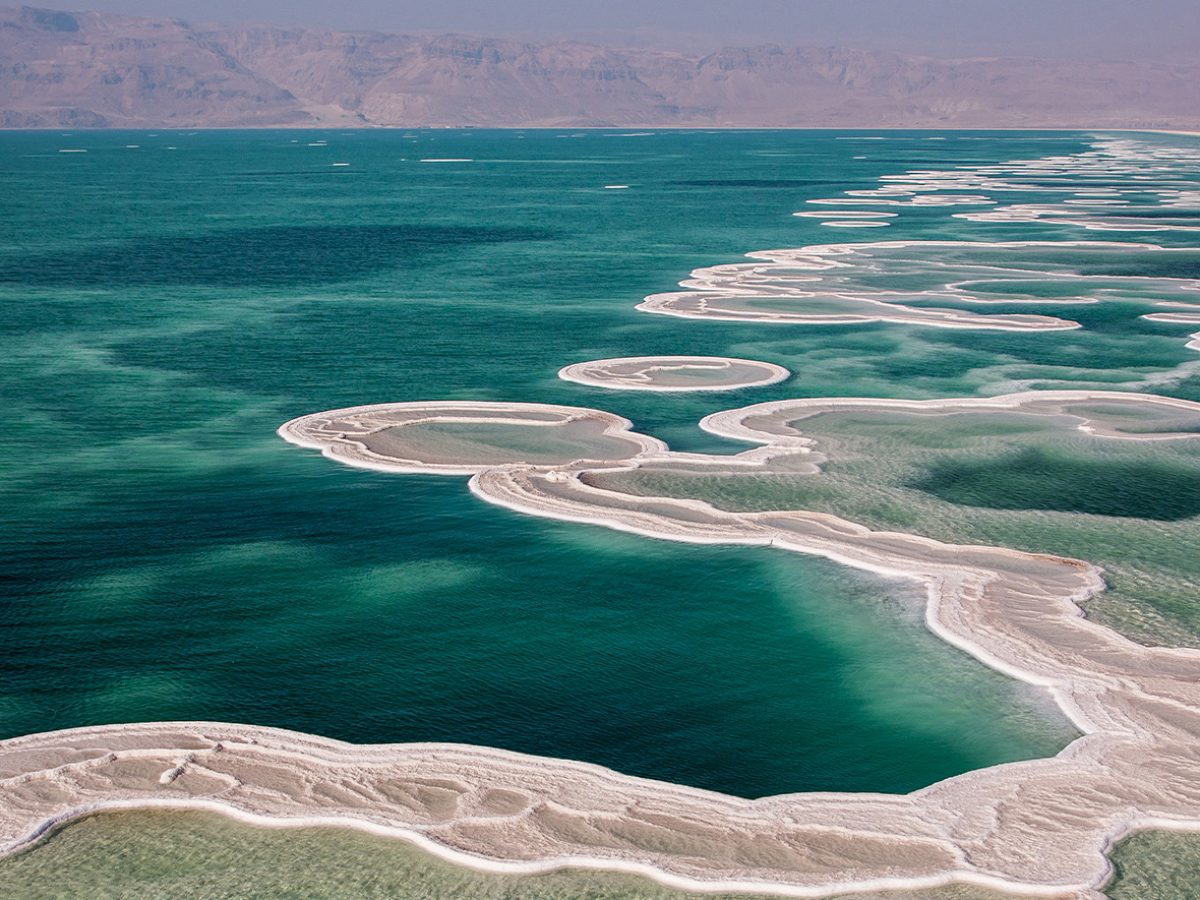Without a doubt one of the world’s most amazing places, the Jordan Rift Valley is a dramatic and beautiful landscape.
The lowest point on the face of the earth, this vast, stretch of water receives a number of incoming rivers, including the River Jordan. The Dead Sea is flanked by mountains to the east and the rolling hills of Jerusalem to the west, giving it an almost other-worldly beauty. The area is believed to have been home to five Biblical cities: Sodom, Gomorrah, Adman, Zebolim and Zoar (Bela). The Jordanian east coast of the Dead Sea has evolved into both the religious and health & wellness tourism hub of the region.
Visit the tombs of the Prophet Mohammad’s (PBUH) venerable companions and military leaders who fell in battle or became victims of the Great Plague (Amwas Plague) in the 18th year after the Hijra.

The Jordan River, a significant waterway in the Middle East, holds profound historical and spiritual significance, especially in Christian, Jewish, and Islamic traditions. Originating from the Anti-Lebanon mountains, it flows through the Sea of Galilee down to the Dead Sea. Known as the baptism site of Jesus Christ, it attracts countless pilgrims yearly who come to partake in baptismal rituals. The river’s ecosystem is also notable for its unique flora and fauna, despite facing environmental challenges due to water diversion and pollution.
The Dead Sea, bordering Jordan, Israel, and the West Bank, is one of the world’s saltiest bodies of water, renowned for its buoyant waters where one can float effortlessly. This unique feature is due to its extreme salinity, which also contributes to the therapeutic properties of its mud, used in various skin and health treatments. The landscape around the Dead Sea is dramatic, with mineral-rich hills and serene beaches that offer spectacular sunset views. The area is also home to several protected reserves and historical sites, making it a significant attraction for both leisure and research activities.


The archaeological sites in the Jordan Rift Valley are rich with layers of history that reflect its significance over millennia. These sites, often linked with the biblical cities of Sodom, Gomorrah, Admah, Zeboiim, and Zoar, offer valuable insights into ancient urban planning, architecture, and the lifestyles of their inhabitants. Excavations have unearthed a variety of artifacts that help to illustrate the complex societal and economic structures of these ancient cities. For historians and archaeologists, these findings provide crucial data for understanding the chronological and cultural contexts of biblical narratives and the broader ancient Near Eastern civilization.
The people in the Jordan Rift Valley are known for their hospitality and the diverse cultural heritage reflective of the region’s historical importance. The local cuisine features Jordanian staples such as mansaf (lamb cooked in fermented dried yogurt and served with rice) and meze (a variety of small dishes). Dining here offers a blend of traditional Bedouin hospitality with flavors that are enhanced by the region’s rich agricultural produce.
Visiting the Jordan Rift Valley provides a unique combination of natural beauty, historical exploration, and cultural immersion, making it a must-visit destination for those traveling through Jordan.

